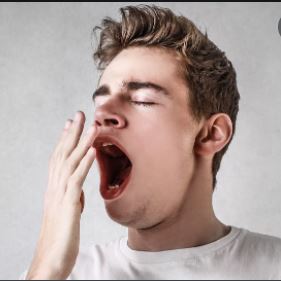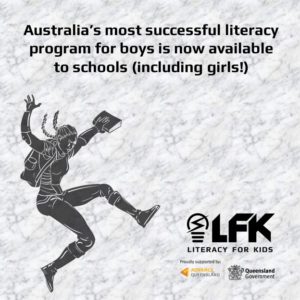Top tips for getting a good night’s sleep

Described as food for the brain, sleep is vital to an individual’s wellbeing: particularly when it comes to school-aged children and teenagers. As kids return to school, let’s look at some ways we can ensure they are getting the recommended 8 to 10 hours of sleep in order to feel rested and learn effectively.
Linking sleep to physical and psychological functions
Waking up ‘on the wrong side of the bed’ doesn’t help family dynamics. The importance of sleep comes down to the role it plays in a multitude of physical and psychological functions, including a person’s diet and how they manage stress. Shifts in biological patterns explain why many teens don’t fall asleep before 11pm.
Although eight to ten hours is the recommended amount of sleep, one study reported that only 15% of adolescents are sleeping more than eight hours on school nights.

Research on Teens and Sleep
Research from VicHealth and Sleep Health Foundation
found Australian teenagers were missing out on crucial sleep with screen time, caffeine and stress affecting their quality of sleep. The study reported teens only got between 6.5 and 7.5 hours of sleep a night, well below the recommended 8 to 10 hours which in turn seriously impacted their mental wellbeing, with increased rates of depression, anxiety and low self-esteem among sleep-deprived adolescents.
The Sleep and Mental Wellbeing study also found:
- Two-thirds of teenagers reported at least one symptom of a sleep disorder such as insomnia
- Sleep problems during childhood and adolescence often foreshadow depression later in life
- Up to 65% of young Australians experience symptoms of insomnia
- Teens slept up to 90 minutes longer on weekends, due to not having to wake for school or sport or other commitments
- Teens who put down their smartphones an hour before bed gained an extra 21 minutes of sleep a night
5 Tips for Everyone on How to Improve Their Quality of Sleep
1. An individual’s sleep cycle is controlled by hormones the brain releases to make people feel either sleepy at night time, or awake during the day. This can be shaped by factors including the level of physical activity throughout the day (especially outside in natural light). It is suggested we all aim for 60 minutes of physical activity each day.
2. Having a routine is one of the best tips. Going to bed and getting up at approximately the same time every day assists in training the body to recognise when to get sleepy.
3. A sleeping space free from distractions such as technology and intrusive light greatly assists quality sleep. Ensure bedrooms are dark, quiet, and a comfortable temperature. Laptops and mobile phones are best left out of the room or somewhere where they won’t disturb sleep. Instead of looking at a screen, read a book or listen to music.
4. Try to relax before bed – mindfulness tasks such as meditation or gently yoga might help.
5. Avoid stimulants in the evenings such as coffee, tea, soft drinks and energy drinks.
We hope that these simple steps can help teenagers, children and families achieve a better night’s sleep.
If you are wanting a resource that can boost your child’s literacy leading into 2022, please visit Literacy for Boys or Literacy for Kids
Check out our recent appearance on Channel 7 News ~
Parents ~ sign up for a free 30-day trial and improve your son’s literacy for the upcoming school year!
As an educator, do you want more from your literacy program? Contact us for a 30-day free trial in your school or classroom. Sign up for our newsletter and get FREE Comprehension Worksheets for Years 3 to 9.
Check out our blogs for more ideas and tips.
Steps to Successfully Support Disengaged Learners
See us featured in The Educator Australia magazine
Research confirms that early reading boosts literacy
Boys Love LFB – Here’s what they have to say!
Get boys reading in the digital age
Why write? Tips for reluctant writers
Brought to you by Tanya Grambower

